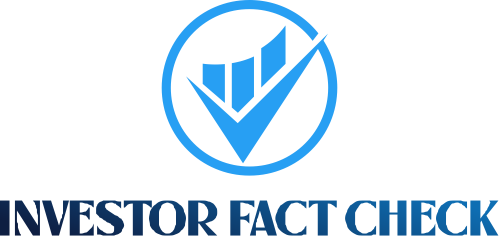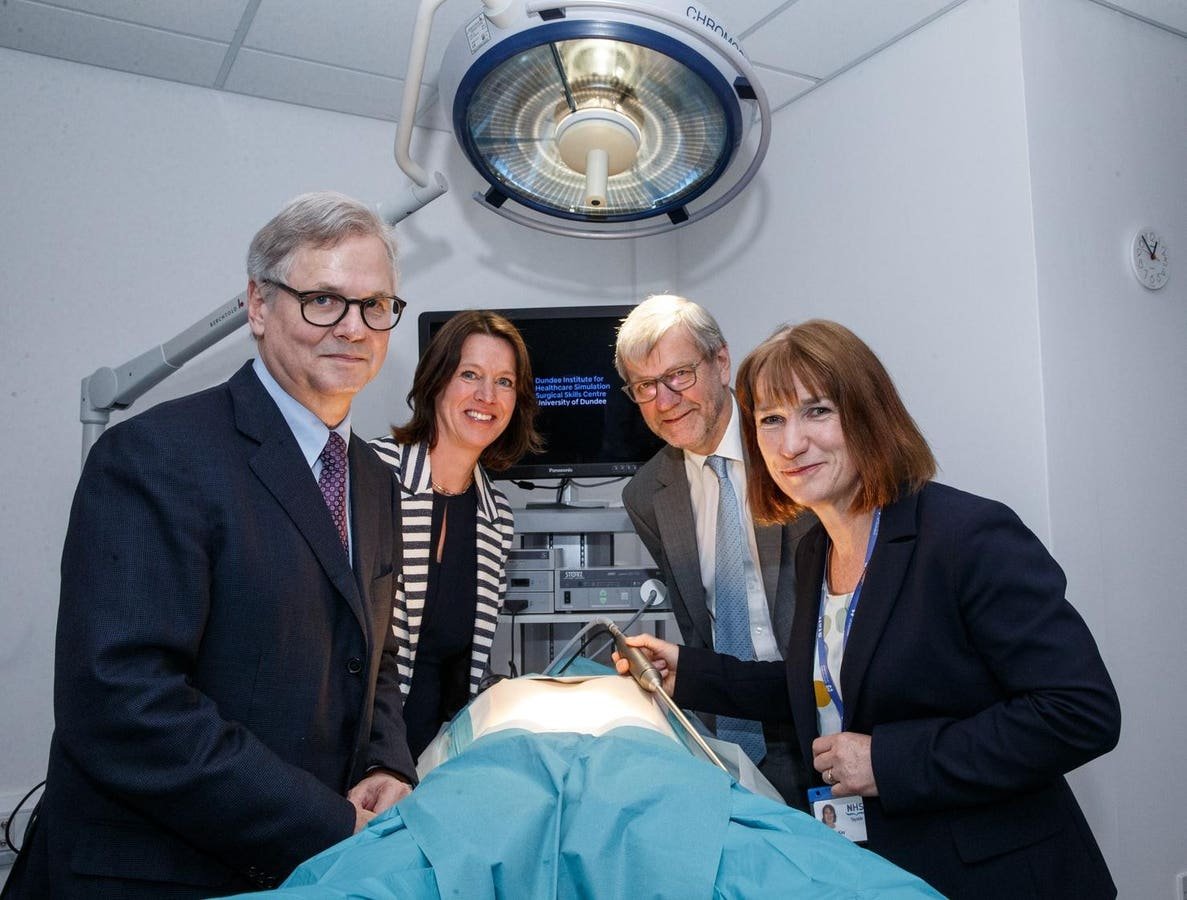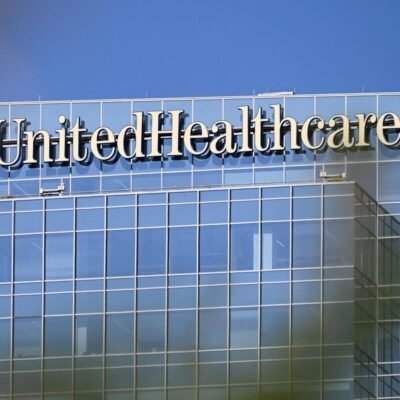GLASGOW, SCOTLAND – MAY 22: Dr Catherine Calderwood (2L), Chief Medical Officer for Scotland, Professor Sir Pete Downes, Principal and Vice Chancellor (2R), Dr Vanessa Kay, Co-Director DIHS (R) and Dr Richard Kuntz (L), Senior Vice President, Chief Medical and Scientific Officer of Medtronic open the Dundee Institute for Healthcare Simulation on on May 22, 2018 in Dundee, Scotland. The Institute has been refurbished following a £400k investment from Medtronic, Scottish Enterprise and The University of Dundee (Photo by Robert Perry/Getty Images for Medtronic)
Getty Images for Medtronic
In the last decade, Medtronic (MDT) stock has returned a notable $52 Bil back to its shareholders through cold, hard cash via dividends and buybacks. Let’s look at some numbers and compare how this payout power stacks up against the market’s biggest capital-return machines.
As it turns out, MDT stock has returned the 51st highest amount to shareholders in history. You read that right. That means there are 50 companies with way more return, with Apple (AAPL) leading the way with nearly $850 billion.
MDT share holder return
Trefis
Why should you care? Because dividends and share repurchases represent direct, tangible returns of capital to shareholders. They also signal management’s confidence in the company’s financial health and ability to generate sustainable cash flows. And there are more stocks like that. Below is a list of the top 10 companies ranked by total capital returned to shareholders via dividends and stock repurchases.
Before that, let’s just emphasize that single stock can be risky. On the other hand, there is a huge value to a broader diversified approach. Strategic asset allocation and diversification helps you stay invested. Did you know investors who panicked out of the S&P in 2020 lost significant upside that followed? Trefis High Quality Portfolio and Empirical Asset Management’s asset allocation approach are designed to reduce volatility so you can stay the course.
Top 10 Stocks By Total Shareholder Return
Top 10 Companies By Shareholder Return
Trefis
What do you notice here? The total capital returned to shareholders as a % of the current market cap appears inversely proportional to growth prospects for reinvestments. Stocks like Meta (META) and Microsoft (MSFT) are growing much faster, in a more predictable way, compared to the others, but they have returned a much lower fraction of their market cap to shareholders.
That’s the flip side to high capital returns. Sure, they are attractive, but you have to ask yourself the question: Am I sacrificing growth and sound fundamentals? With that in mind, let’s look at some numbers for MDT. (see Buy or Sell Medtronic Stock for more details)
Medtronic Fundamentals
- Revenue Growth: 5.0% LTM and 3.3% last 3-year average.
- Cash Generation: Nearly 15.5% free cash flow margin and 19.4% operating margin LTM.
- Recent Revenue Shocks: The minimum annual revenue growth in the last 3 years for MDT was 1.6%.
- Valuation: Medtronic stock trades at a P/E multiple of 26.3
- Opportunity vs S&P: Compared to S&P, you get higher valuation, lower revenue growth, and better margins
*LTM: Last Twelve Months
MDT Historical Risk
That said, MDT isn’t immune to major drops. It fell about 36% in the Dot-Com bust and nearly 57% during the Global Financial Crisis. The 2018 correction was milder, with a 17% dip, but still noticeable. More recently, Covid caused a 40% slide, and the inflation shock hit close to 45%. Good fundamentals help, but when volatility hits, even solid stocks like MDT can take a big hit.
But the risk is not limited to major market crashes. Stocks fall even when markets are good – think events like earnings, business updates, and outlook changes. Read MDT Dip Buyer Analyses to see how the stock has recovered from sharp dips in the past.
The Trefis High Quality (HQ) Portfolio, with a collection of 30 stocks, has a track record of comfortably outperforming its benchmark that includes all 3 – the S&P 500, S&P mid-cap, and Russell 2000 indices. Why is that? As a group, HQ Portfolio stocks provided better returns with less risk versus the benchmark index; less of a roller-coaster ride, as evident in HQ Portfolio performance metrics.






